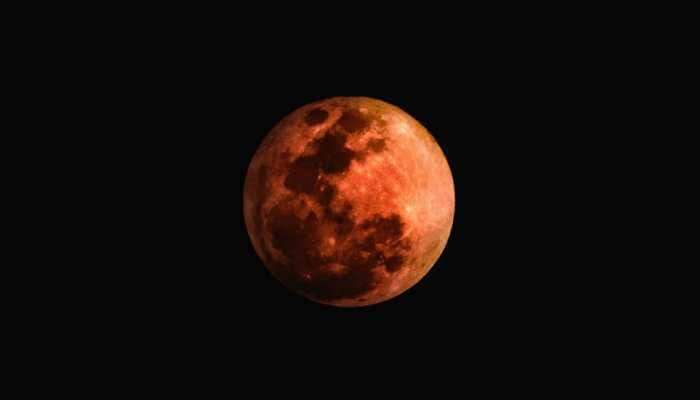On Nov. 8, the moon will offer an astonishing sight that you won’t see again until 2025: an all out lunar eclipse that will turn Earth’s closest neighbor a scary dark red shade. Assuming that you’re wanting to watch it on the web, you have a few free choices accessible.

The Beaver Blood Moon lunar eclipse, as it’s called (it occurs during the Full Beaver Moon of November) will start at 3:02 a.m. EST (0802 GMT) and arrives at entirety at 5:16 a.m. EST (1016 GMT) prior to finishing at 8:56 a.m. EST (1356 GMT). The “blood moon” stage will be noticeable from North and Focal America, as well as Hawaii, Gold country and portions of South America, Asia, Australia and New Zealand, as per NASA(opens in new tab).
This will be the last lunar eclipse of 2022, and truth be told the last eclipse of any kind this year. However, imagine a scenario in which weather conditions mists your perspective on the full moon. The following is our once-over of the Nov. 8 complete lunar eclipse webcasts we’ve seen as up to this point.
On the off chance that you’re hoping to photo the moon, don’t miss our aides on the most proficient method to photo a lunar eclipse, as well as how to photo the moon with a camera for a few supportive tips to design out your lunar photograph meeting. Our outline on the best cameras for astrophotography and best focal points for astrophotography can help as well.
The webcast will show perspectives on the significant piece of the lunar eclipse, including entirety, and is joined by a live blog by TimeandDate.com
displaying different achievements for the eclipse, including what else you can find in the night sky during the early-morning eclipse.
The Lowell Observatory in Flagstaff, Arizona will likewise offer a free livestream of the lunar eclipse at 4 a.m. EST (0900 GMT).
The live analysis will go through entirety.
Adding that the webcast will be accessible for people who don’t want to watch it live. Go along with us live with some espresso or re-watch following a decent night rest.
The web-based Virtual Telescope Task run by astrophysicist Gianluca Masi will offer a livestream of the lunar eclipse beginning at 4:30 a.m. EST (0930 GMT). Masi will have the webcast from Ceccano, Italy, however highlight live perspectives from a worldwide group of astrophotgraphers and onlookers across the perceivability range.
The webcast will be transferred by means of YouTube. Furthermore, on the Virtual Telescope Task site
“Next 8 Nov. 2022, the Beaver Moon will offer us a great complete eclipse, noticeable from Australia, Asia and the Americas. As before, the Virtual Telescope Undertaking will cooperate with some extraordinary astro-imagers all over the planet, to bring to you the staggering excellence of such a special occasion,” Masi wrote in a portrayal












